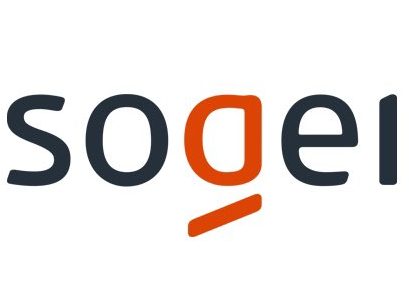
BUSINESS SECTOR: Public Administration
YEAR: 2020
A problem of heterogeneity of data
Tax evasion is a matter of the utmost importance for many governments from a political, economical and social standpoint.
One of the goals of the Italian Revenue Agency (IRV) is to reduce tax evasion by detecting fraudulent behaviours. As a consequence, the Italian Revenue Agency and SOGEI devotes every year a great amount of human and economic resources to contrast the problem.
To do so, tax officers have dealt with many heterogeneous data sources that are provided and managed through different software applications.
The heterogeneity of data makes it difficult to carry out the fiscal audit process as the same information (on persons and companies) is redundant and a mental map is usually required as the whole information is not present in a single application.
Moreover, existing applications use a taxpayer-centric approach in which it is more difficult to discover tax evasion involving groups of subjects rather than single individuals. In fact, tax evasion that involves groups of subjects, rather than individuals, is typically more difficult to detect.
The solution: a new decision support system
LARUS collaborates with SOGEI in the design of a new decision support system for the discovery of tax evasion, able to help the analysts of the Revenue Agency to overcome the problems described.
The new platform, built in 2020:
- is based on a powerful visual language, graphs and advanced network visualization techniques,
- takes advantages of graph-based technology to quickly extract subgraphs that match one or more suspicious patterns,
- uses graph data science to rank taxpayers based on their fiscal risk; the risk is calculated using a series of indexes specifically designed to uncover tax evasion scenarios, which are different from classical centrality indexes frequently used in social network analysis,
- offers a visual interface to analyze the relationships between the subjects involved in the risk patterns.
Benefits and Next Steps
The platform supports tax officers in the audit process and uses an integrated and unified graph database, whose nodes represent a single taxpayer. The information associated with the node includes the type of economic activity, the geographic location and territorial scope, the declared income, and the amount of VAT credits/debts.
The platform also provides a visual tool to easily define suspicious patterns, based on both topological properties and attributes of nodes and relationships, allowing for the interception of a wide variety of suspicious tax schemes.
The expertise and know-how of LARUS played a crucial role in the success of this new decision support system, which allows for more efficient and effective detection of tax evasion, overcoming the problem of heterogeneity of data.
Ernesto Maria Ruffini, director of the Revenue Agency, in a passage of his hearing before the joint committees of the House and Senate, on 14/9/20, on the objectives of the recovery plan, stated:
“The Revenue Agency spies on fraudulent patterns and foresees the propensity to tax evasion. And it does so by testing artificial intelligence, or rather a network analysis algorithm, that is a software that relates certain categories to certain characteristics.”
As the next steps, new strategies are being defined for discover suspicious patterns of tax evasion, including:
- the application of graph data science and geo-spatial algorithms,
- the adoption of graph machine learning and explainable AI algorithms, the latter of fundamental importance to understand the reasons behind the predictions of AI algorithms and to allow their use in a regulatory context.
The Italian Revenue Agency mission is collecting tax revenues, providing services and assistance to taxpayers and carrying out assessment and inspections aimed at countering tax evasion, and with the help of LARUS, they have been able to take their platform to the next level, enforcing the financial code of Italy and collecting more taxes and revenue.